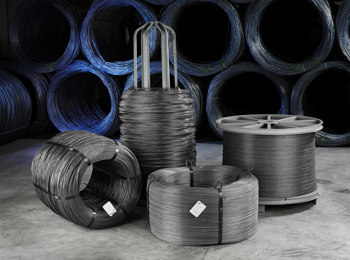The Essential Guide to Men's Fly Fishing Boots
Fly fishing is not just a hobby; it’s a passion that often leads anglers to some of the most beautiful and serene landscapes. Whether you’re wading through a chilly stream, navigating rocky shores, or standing in a tranquil lake, having the right gear is crucial. One of the most important pieces of equipment for any serious fly fisherman is a good pair of boots. Men's fly fishing boots are designed to provide not only comfort but also the performance needed to tackle various aquatic environments.
Why Choose Specialized Fly Fishing Boots?
Fly fishing boots are specifically designed to meet the unique needs of anglers. Unlike regular hiking or water shoes, they offer features tailored to enhance stability, comfort, and grip in slippery conditions. The right pair of fly fishing boots can make all the difference when it comes to staying safe and comfortable while pursuing your passion.
Key Features to Consider
1. Water Resistance The primary function of fly fishing boots is to keep your feet dry. Look for boots made from waterproof materials such as Gore-Tex, which allows for breathability while preventing water from seeping in. This is crucial as wet feet can lead to discomfort and even hypothermia in cold weather.
2. Sole Traction Since fly fishing often involves navigating rocky riverbeds and slippery surfaces, the sole of the boot is an essential factor to consider. Many fishing boots come with rubber soles featuring specialized treads designed to provide excellent traction. Additionally, some models allow for the attachment of studded soles that offer superior grip in slippery conditions.
3. Fit and Comfort A comfortable fit is essential for long days spent wading in waters. Look for boots that offer good ankle support and cushioning. It’s beneficial to try them on with the type of socks you plan to wear while fishing to ensure a good fit. Adjustability features, like laces or straps, can help achieve a snug fit to prevent shifting while walking.
4. Weight The weight of the boots can impact your overall experience. Lighter boots reduce fatigue and allow for better movement, especially when you are standing or walking for extended periods. However, ensure that lighter boots do not compromise on durability and support.
5. Insulation Depending on the climate where you fish, insulation can be an important feature. In colder regions, insulated boots can keep your feet warm while wading in icy waters. However, in warmer climates, you might prefer breathable designs to prevent overheating.
mens fly fishing boots

Types of Fly Fishing Boots
Men’s fly fishing boots come in various styles, each suited for different fishing environments.
- Wading Boots These are the most common type, designed primarily for use in freshwater streams and rivers. They typically feature reinforced toe and heel areas for protection against rocks and debris.
- Wet Wading Boots Designed for use in warmer weather, wet wading boots are lighter and more breathable. They are often made of materials that dry quickly, making them ideal for beach fishing or in warmer waters.
- Chest Waders Waders often come attached to boots, providing full waterproof covers. These are essential for fishing in deep waters or cold streams.
Maintenance Tips
To prolong the life of your fly fishing boots, it’s essential to clean and maintain them properly. After each use, rinse off any mud, sand, or debris and let them dry in a shaded area, away from direct heat. Invest in waterproofing sprays and storage bags to keep them in top condition when not in use.
Conclusion
Investing in a good pair of men's fly fishing boots can elevate your fishing experience significantly. By considering the features and types that best suit your style of fishing, you’ll be well on your way to enjoying those serene moments on the water without discomfort. The right boots will not only protect your feet but also enhance your overall performance, allowing you to focus on what truly matters—the thrill of the catch and the beauty of nature. Happy fishing!
-
Stay Dry in Any Condition with WadersNewsJul.17,2025
-
Elite Performance with Camouflage Combat BootsNewsJul.17,2025
-
Dry and Comfortable with Green Rubber Garden ShoesNewsJul.17,2025
-
Convenient Protection with Foldable RainbootsNewsJul.17,2025
-
Comfort and Protection with Neoprene Work BootsNewsJul.17,2025
-
Brighten Rainy Days with Floral Rain BootsNewsJul.17,2025
-
Safety Wellies: The Ultimate Combination of Protection, Comfort, and VisibilityNewsJun.19,2025











